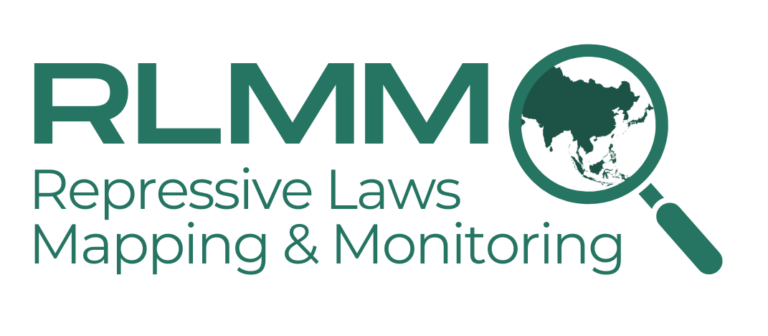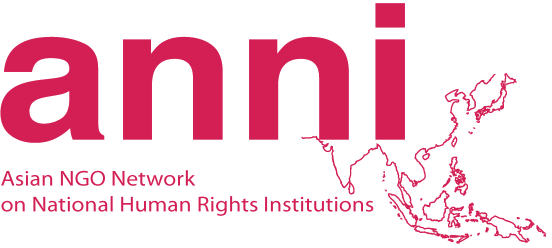In a two-part series the United Nations Durban Conference and the General Assembly’s subsequent plans for a Durban Review Conference in 2009 will be explored.
Racial discrimination: “Any distinction, exclusion, restriction or preference based on race, colour, descent, or national or ethnic origin which has the purpose or effect of nullifying or impairing the recognition, enjoyment or exercise, on an equal footing, of human rights and fundamental freedoms in the political, economic, social, cultural or any other field.” [Article 1(1), ICERD]
Non-discrimination is one of the triad of principles that has underpinned the formation of multi-state cooperation in response to the tragedies of World War II. Together with equality and self-determination, these form the principles under which the United Nations (UN) was founded.
Since its founding, the UN has struggled with the issue of racial discrimination and violence related to ethnic conflicts. In order to fight these injustices and uphold human dignity and equality, a number of measures have been taken in the form of declarations, resolutions, and conventions. In 1948, the Convention of the Prevention and Punishment of the Crime of Genocide was adopted, followed by the Declaration on the Elimination of All Forms of Racial Discrimination in 1963. The latter was strengthened when the International Convention on the Elimination of All Forms of Racial Discrimination was adopted in 1965. March 21st was designated the annual International Day for the Elimination of Racial Discrimination. In 1973, the International Convention on the Suppression and Punishment of the Crime of Apartheid was adopted. That same year, the UN introduced the First Decade to Combat Racism and Racial Discrimination (1973-1983). The persistence of racism and racial discrimination led the UN to declare an additional two consecutive Decades to Combat Racism and Racial Discrimination (1983 – 1993; 1993 – 2003). It also convened the first two World Conferences Against Racism and Racial Discrimination in Geneva in 1978 and 1983, respectively tackling the issues of apartheid and Zionism. At the start of the Third Decade in 1993, the World Conference on Human Rights was held, and its Vienna Declaration and Programme of Action was drafted, calling for the “speedy and comprehensive elimination of all forms of racism, racial discrimination, xenophobia and related intolerance.”
Even as the Third Decade approached its end and the world entered the new millennium, the horrors of conflicts based on racial and ethnic issues took on new forms and increased in magnitude. Again, in 2001 the UN convened the third anti-discrimination world conference; the World Conference Against Racism, Racial Discrimination, Xenophobia and Related Intolerance (WCAR). The official outcome of this conference was the Durban Declaration and Programme of Action (DDPA), named after the city in South Africa where it was held.
The year 2001 was declared by the UN as the International Year of Mobilization Against Racism, Racial Discrimination, Xenophobia and Related Intolerance. This effort was further reinforced as 2001 was also coined the United Nations Year of Dialogue among Civilizations, “which underlines tolerance and respect for diversity and the need to seek common ground among and within civilizations in order to address common challenges to humanity that threaten shared values, universal human rights and the fight against racism, racial discrimination, xenophobia and related intolerance.” Additionally, the period 2001-2010 was proclaimed as the Decade of Peace and Non-Violence for Children of the World accompanied by the adoption in 2001 of the Declaration and Plan of Action on a Culture of Peace by the UN General Assembly.
The Durban Conference: third conference against racism and racial discrimination
The World Conference Against Racism, Racial Discrimination, Xenophobia and Related Intolerance was held from August 31 through September 8, 2001 in Durban, South Africa under the theme “UNITED TO COMBAT RACISM: Equality, Justice, Dignity”. This is commonly referred to as the Durban Conference.
The objectives of the Conference were as follows:
- to review progress made against racial discrimination, to reappraise obstacles to further progress and to devise ways to overcome them;
- to consider ways and means to better ensure the application of existing standards and the implementation of existing instruments to combat racial discrimination;
- to increase the level of awareness about the scourges of racism and its consequences;
- to formulate concrete recommendations on ways to increase the effectiveness of United Nations activities and mechanisms through programmes aimed at combating racism, racial discrimination, xenophobia and related intolerance;
- to review the political, historical, economic, social, cultural and other factors leading to racism;
- to formulate concrete recommendations to further action-oriented national, regional and international measures to combat all forms of racism, racial discrimination, xenophobia, and related intolerance; and,
- to draw up concrete recommendations for ensuring that the United Nations has the financial and other necessary resources for its actions to combat racism, racial discrimination, xenophobia and related intolerance.
The outcome of the Durban Conference was the Durban Declaration and the Programme of Action (DDPA). The 122-paragraph Declaration ends with the call that “…the formulation and implementation of…strategies, policies, programmes and actions…are the responsibility of all States, with the full involvement of civil society at the national, regional and international levels,”.
The five thematic areas tackled during the Conference were as follows:
- Sources, causes, forms and contemporary manifestations of racism, racial discrimination, xenophobia and related intolerance
- Victims of racism, racial discrimination, xenophobia and related intolerance
- Measures of prevention, education and protection aimed at the eradication of racism, racial discrimination, xenophobia and related intolerance at the national, regional and international levels
- Provision of effective remedies, recourse, redress, and other measures at the national, regional and international levels
- Strategies to achieve full and effective equality, including international cooperation and enhancement of the United Nations and other international mechanisms in combating racism, racial discrimination, xenophobia and related intolerance.
The Conference identified the categories of victims who suffer most from racism, racial discrimination, xenophobia and other related forms of intolerance. The categories include Africans and people of African descent, Asians and Asian descendants, Indigenous Peoples, Roma Peoples, migrants, refugees, women, children, and people affected by HIV/AIDS.
Just like other UN world conferences, the Durban Conference ran parallel with NGO Forums. The five regional meetings prior to Durban were all actively participated in by civil society groups who expressed concern about emerging issues such as trafficking in women and children, migration and discrimination, gender and racial discrimination, racism against Indigenous Peoples and protection of minority rights.
In the end, the Conference reaffirmed the value of diversity in humanity in its Declaration: “We further affirm that all peoples and individuals constitute one human family, rich in diversity. They have contributed to the progress of civilizations and cultures that form the common heritage of humanity.”
Part two will address the Durban Review Conference, to be held in 2009. The article will provide background and analyses of the pending conference and its implications.



